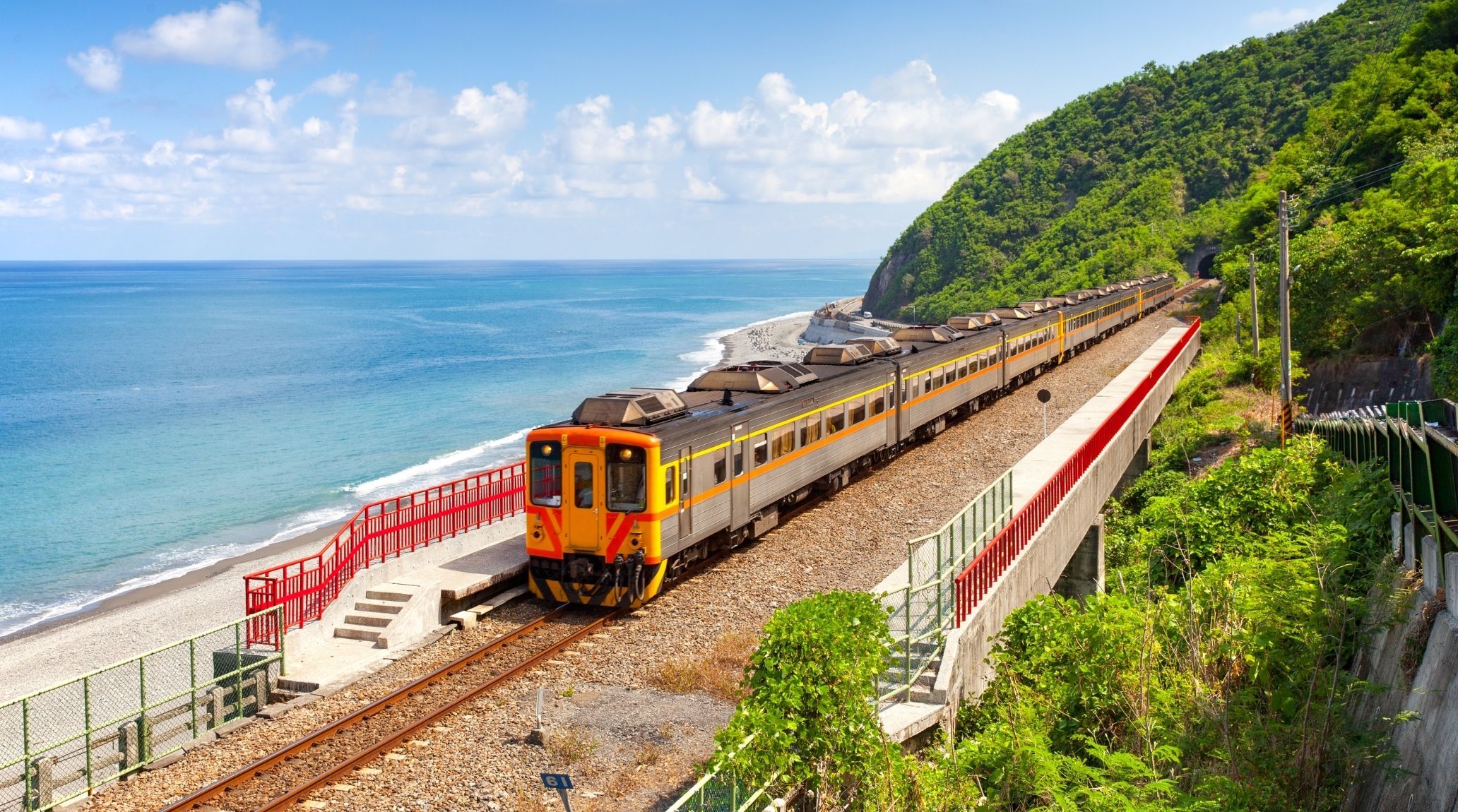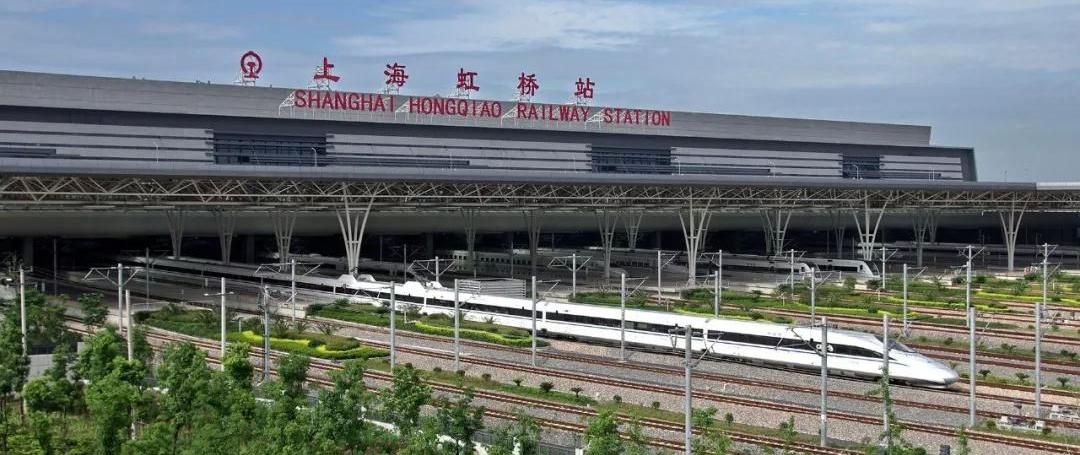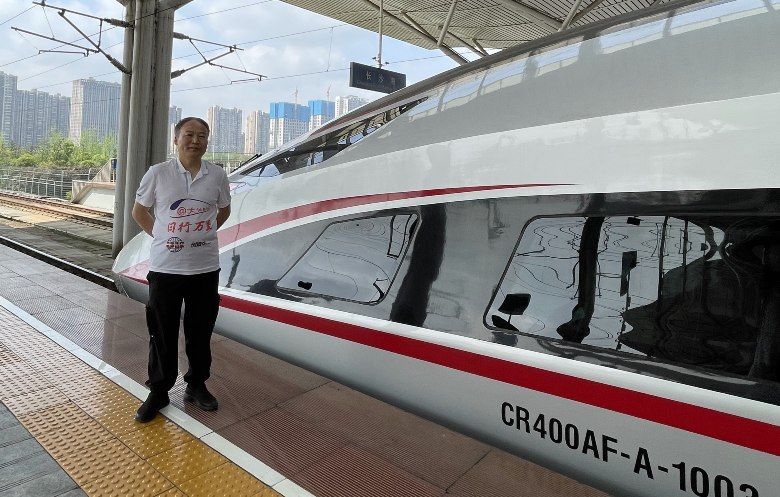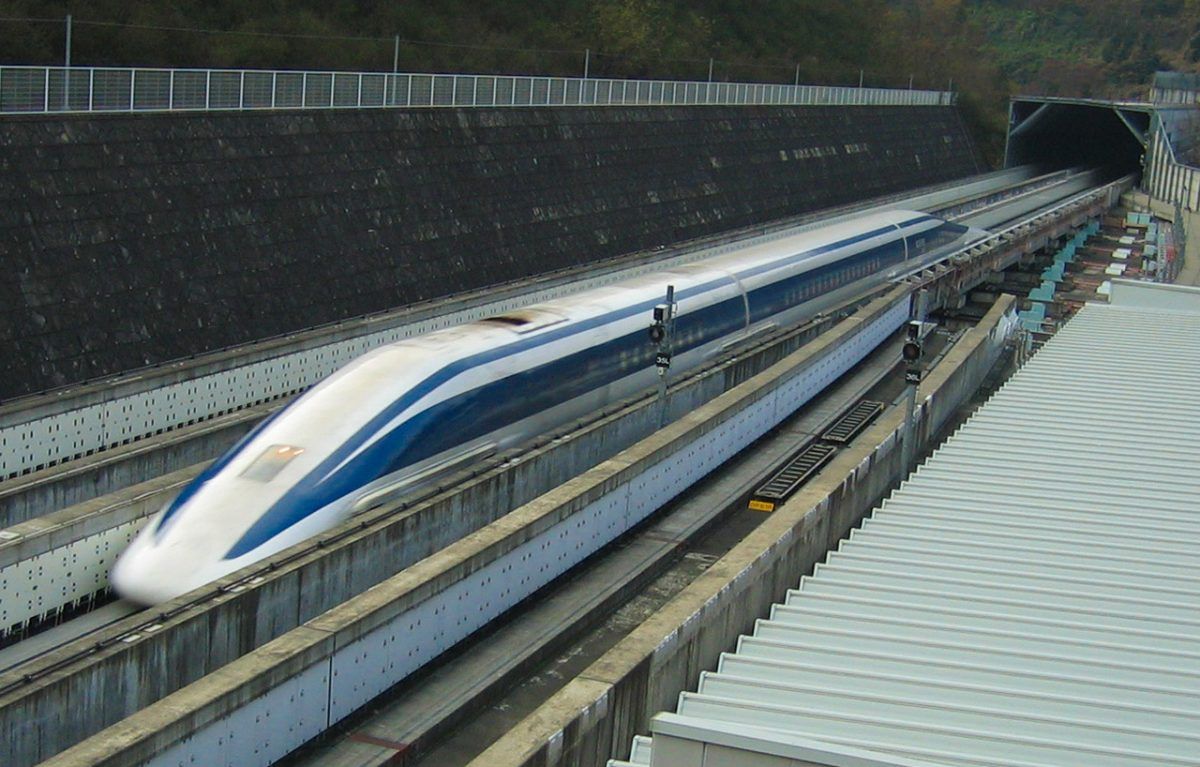
“
Amazing Train Facts reveal the remarkable world of rail travel, showcasing the incredible lengths and speeds that trains have achieved throughout history. Delve into the fascinating world of trains, where history, technology, and breathtaking landscapes intersect, offering a journey through some of the most extraordinary feats and iconic landmarks in the railway industry. 1
1
1
1
”
The Trans-Siberian Railway provides one of the world’s longest train journeys, spanning over 9,000 kilometers from Moscow to Vladivostok. This epic route crosses eight time zones and two continents, offering travelers a unique and extensive experience. 1
Built in 1889, the Mount Royal Station in Montreal, Canada, is the oldest surviving train station in North America that remains in operation. Its historical significance and enduring functionality make it a notable landmark in railway history. 2

The Shanghai Hongqiao Railway Station is among the most expensive ever built, costing around $1.5 billion. Its high cost reflects its advanced design and vital role in China's major transportation network.
The world’s first electric train, designed by the German engineer Werner von Siemens, began operating in 1879 at the Berlin Industrial Exhibition, showcasing technology that predated the widespread use of steam trains.3
Llanfairpwllgwyngyllgogerychwyrndrobwllllantysiliogogogoch, the longest place name in the UK, is in Wales. This 58-letter name translates to St. Mary's Church in the hollow of white hazel, a marketing gimmick from the 1880s to attract tourists.4
Tokyo’s subway system is among the busiest globally, with trains arriving every 2 to 3 minutes during rush hours. It efficiently handles over 8 million passengers daily, showcasing its critical role in the city’s transportation network.5

Yang Yongdan set a record for the greatest distance travelled by train in 24 hours, covering 5,412.76 km (3,363.33 miles) across China. His journey from Guiyang North to Guangzhou South showcased the efficiency of high-speed rail and his dedication as a rail enthusiast.
The first steam-powered railway locomotive, "Locomotion No. 1," was built by George Stephenson and his son Robert in 1825. It was used on the Stockton and Darlington Railway, marking the start of modern railway systems.6
In France, Gare du Nord train station showcases Marc Chagall's stunning artwork. His paintings are seamlessly integrated into the station's design, blending art with daily transit and enhancing the travel experience for commuters.7
The Channel Tunnel, or Eurotunnel, is a 50-kilometre (31-mile) rail tunnel under the English Channel, connecting the UK and mainland Europe and making it one of the longest underwater tunnels in the world.8
The Shinkansen, or "bullet train," started service in Japan in 1964. It revolutionized rail travel by achieving speeds over 200 kilometers per hour (124 miles per hour), setting new standards for high-speed rail.9
The Qinghai-Tibet Railway, which reaches an altitude of 5,000 meters (16,404 feet) above sea level, is the world’s highest railway, overcoming extreme conditions to connect China’s Qinghai Province with Tibet.10
Maglev trains use magnetic levitation to float above the tracks, eliminating friction and enabling speeds over 500 km/h (311 mph). This advanced technology offers a futuristic and ultra-fast mode of travel.11
Queen Elizabeth II’s Royal Train has been in service since the 1970s, equipped with luxurious amenities and used for official state visits across the UK, including a dedicated suite for the Queen. 12
Switzerland boasts the world’s steepest railway, the Gornergrat Railway. This remarkable train ascends gradients of up to 20.6%, offering stunning views of the Alps as it climbs from Zermatt to the Gornergrat summit at 3,089 meters (10,132 feet).13
The BHP Iron Ore train in Australia is the world’s heaviest, carrying up to 99,000 tons per load. It extends up to 7.3 kilometers (4.5 miles) in length, showcasing impressive scale and capacity in freight transportation.14

The Maglev train in Japan is the fastest globally, achieving speeds of up to 603 kilometers per hour (375 miles per hour) during testing. Its advanced magnetic levitation technology enables this remarkable performance.
The Glacier Express is renowned as the world’s slowest express train. Despite its leisurely pace, it offers passengers a scenic journey through the Swiss Alps, providing breathtaking views and an unforgettable travel experience over 8 hours.15
The Copenhagen Metro in Denmark operates with fully automated, driverless trains that use advanced technology for navigation and control. This cutting-edge system represents the future of rail transport, providing efficient and modern urban transit. 16
The National Railway Museum in York, England, features an extensive collection of historic trains and artifacts. Among its treasures is the Flying Scotsman locomotive, renowned as the first to officially reach 100 mph, showcasing significant railway history.17


